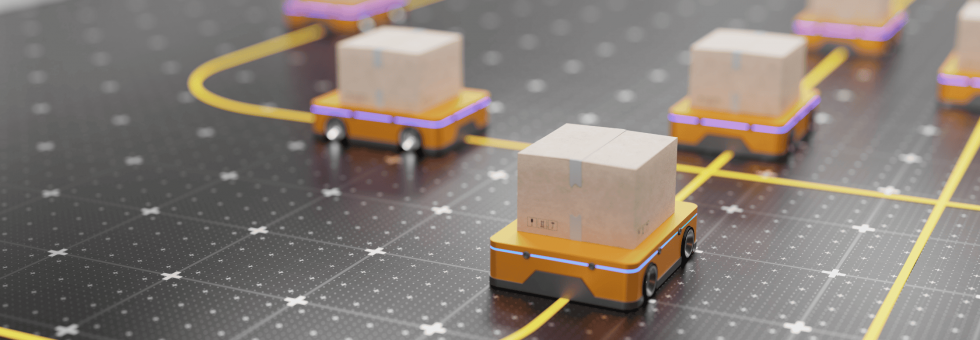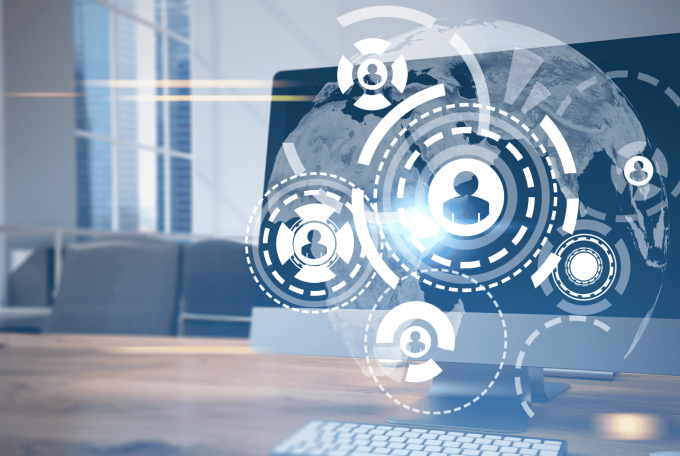Imagine a world where drones deliver packages to your doorstep, monitor crops in vast farmlands, or assist in disaster relief—all without human intervention. This is the future of autonomous drones, powered by Artificial Intelligence (AI). AI is revolutionizing the capabilities of drones, enabling them to navigate complex environments, make decisions, and perform tasks with precision. In this blog, we’ll explore what autonomous drones are, how AI powers them, their applications, and some fascinating real-world examples. Whether you’re a tech enthusiast or a beginner, this guide will give you a clear understanding of how AI is taking drones to new heights.
What Are Autonomous Drones, and How Does AI Power Them?
Autonomous Drones Explained
Autonomous drones are unmanned aerial vehicles (UAVs) that can operate without human intervention. Unlike traditional drones, which require manual control, autonomous drones use AI to navigate, avoid obstacles, and complete tasks independently.
How AI Powers Autonomous Drones
AI brings intelligence to drones by enabling them to perceive, learn, and make decisions in real-time. Here’s how AI powers autonomous drones:
- Computer Vision: AI algorithms process data from cameras and sensors to detect objects, recognize patterns, and navigate environments.
- Path Planning: AI helps drones plan optimal routes, avoid obstacles, and adapt to changing conditions.
- Machine Learning: Drones can learn from data to improve their performance over time, such as identifying the best landing spots or optimizing delivery routes.
Applications of AI-Powered Autonomous Drones
AI-powered drones are being used in a wide range of industries, transforming how we approach tasks and solve problems. Here are some key applications:
1. Delivery Services
Autonomous drones are revolutionizing the logistics industry by enabling fast and efficient delivery of goods.
- Example: Amazon’s Prime Air is a drone delivery service that uses AI to navigate and deliver packages to customers in under 30 minutes.
2. Agriculture
Drones are being used in agriculture to monitor crops, optimize irrigation, and detect pests.
- Example: Companies like DJI and PrecisionHawk use AI-powered drones to analyze crop health, identify problem areas, and improve yields.
3. Disaster Response
Autonomous drones play a crucial role in disaster response by providing real-time data and assisting in search-and-rescue operations.
- Example: Drones equipped with AI can map disaster zones, locate survivors, and deliver supplies to inaccessible areas.
4. Surveillance and Security
AI-powered drones are used for surveillance and security in industries like construction, energy, and defense.
- Example: Drones can monitor large areas, detect intruders, and provide real-time alerts to security teams.
Real-World Examples of AI and Autonomous Drones
AI-powered drones are already making a significant impact. Here are some real-world examples:
1. Amazon’s Prime Air
Amazon’s Prime Air is an AI-powered drone delivery service designed to deliver packages to customers in 30 minutes or less. The drones use AI to navigate, avoid obstacles, and ensure safe deliveries.
2. AI-Powered Drones for Crop Monitoring
Companies like DJI and AgEagle use AI-powered drones to monitor crops and optimize farming practices. These drones can analyze crop health, detect diseases, and provide actionable insights to farmers.
3. Zipline’s Medical Delivery Drones
Zipline uses autonomous drones to deliver medical supplies, such as blood and vaccines, to remote areas in countries like Rwanda and Ghana. The drones use AI to navigate challenging terrains and ensure timely deliveries.
Fun Fact: AI Drones Can Navigate Complex Environments Without Human Intervention!
Did you know that AI-powered drones can navigate complex environments, such as dense forests or urban areas, without human intervention? Using advanced computer vision and machine learning algorithms, these drones can avoid obstacles, plan routes, and complete tasks autonomously.
The Future of AI and Autonomous Drones
The future of AI-powered drones is incredibly exciting. Here are some trends to watch out for:
- Urban Air Mobility: Autonomous drones could become a common mode of transportation in cities, reducing traffic and pollution.
- Swarm Technology: AI will enable multiple drones to work together as a swarm, completing complex tasks like search-and-rescue or large-scale mapping.
- Enhanced AI Capabilities: Drones will become even smarter, with improved object recognition, decision-making, and adaptability.
Conclusion
AI is transforming autonomous drones into intelligent, versatile tools that are revolutionizing industries like delivery, agriculture, and disaster response. From delivering packages to monitoring crops and saving lives, AI-powered drones are flying into the future with endless possibilities.
As AI continues to evolve, the capabilities of autonomous drones will only grow, offering new solutions to old problems and creating opportunities we’ve yet to imagine. Whether you’re a tech enthusiast or just curious about the future, AI-powered drones are a fascinating glimpse into what’s possible when technology takes flight.
Are you eager to dive into the world of Artificial Intelligence? Start your journey by experimenting with popular AI tools available on www.labasservice.com labs. Whether you’re a beginner looking to learn or an organization seeking to harness the power of AI, our platform provides the resources you need to explore and innovate. If you’re interested in tailored AI solutions for your business, our team is here to help. Reach out to us at [email protected], and let’s collaborate to transform your ideas into impactful AI-driven solutions.





